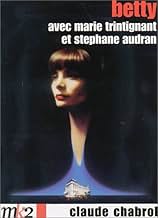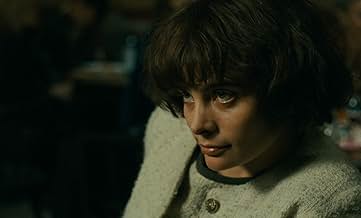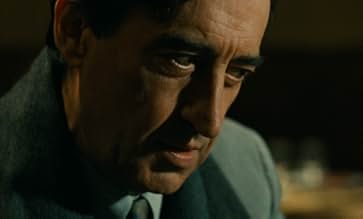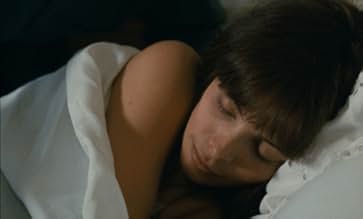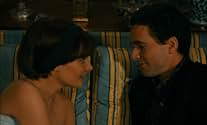Adicionar um enredo no seu idiomaA drunken self-destructive woman called Betty wanders through bars and meets a man that drives her to a restaurant outside Paris called Le Trou (The Hole). She meets the middle-aged alcoholi... Ler tudoA drunken self-destructive woman called Betty wanders through bars and meets a man that drives her to a restaurant outside Paris called Le Trou (The Hole). She meets the middle-aged alcoholic Laure from Lyon, who is the lover of the Le Trou's owner Mario. Laure decides to take ca... Ler tudoA drunken self-destructive woman called Betty wanders through bars and meets a man that drives her to a restaurant outside Paris called Le Trou (The Hole). She meets the middle-aged alcoholic Laure from Lyon, who is the lover of the Le Trou's owner Mario. Laure decides to take care of Betty and brings her to the room next-door in her hotel. Along the days, Betty tells... Ler tudo
- Direção
- Roteiristas
- Artistas
- Prêmios
- 1 vitória no total
Avaliações em destaque
Actually, the source novel for it was the handiwork of celebrated pulp writer Georges Simenon and Chabrol's film version is buoyed by a spunky central performance from the ill-fated Marie Trintagnant (the daughter of actor Jean-Louis and director Nadine, she died in 2003 aged 41 from a cerebral haemorrhage, following a beating-up by her live-in boyfriend!) and a quietly mature one by Chabrol's former wife and frequent muse Stephane Audran.
The title character is a woman who, marrying above her station, is subsequently thrown out of her house after she gives in to her baser instincts; as a result, she takes to an aimless existence on the streets, drinking and chain-smoking her nights away in the company of strangers. Thankfully, she is picked up from the gutter by an enigmatic middle-aged woman (with a much younger companion) who installs her into her own lavish apartment and gradually helps her pick up the pieces of her broken-down life. But the innately sensuous qualities of the waif-like Betty soon catch the attention of her benefactor's boyfriend and, perhaps inevitably, tragic circumstances ensue.
The low-key qualities of BETTY are countered by Chabrol's decision to structure his film as a complex maze of flashbacks which depict (and contrast) the stuffy, ordered, aristocratic lifestyle the protagonist suffered through in her married past, versus her new, chaotic but free-spirited present state. All in all, therefore, the film can be counted as yet another feather in Chabrol's prolific and largely consistent cap.
The story begins with Betty on a date with a psychotic ex-doctor and she's becoming drunk VERY fast (I can't recall EVER seeing a character in a movie drink that many drinks so fast). When she awakens she's in the home of an older woman who has rescued her. And, slowly in flashbacks, we see Betty's story about her life--given in bits and pieces interspersed throughout the film. There were two problems with this method: first, it was, at times, pretty confusing following the action, and second, I just found myself not particularly caring about the character. She was a total mess.
It's a shame, as I have really enjoyed several other Claude Chabrol movies--this, unfortunately, isn't one of them. It only scores a 4 because the acting is good--the story sure isn't.
Você sabia?
- CuriosidadesThe last film that director Claude Chabrol and his former spouse Stéphane Audran made together.
- ConexõesFeatured in Antenne 2 - Le journal de 20H: Episode dated 16 February 1992 (1992)
- Trilhas sonorasJe voulais te dire que je t'attends
Written by Michel Jonasz and Pierre Grosz
Performed by Michel Jonasz
Principais escolhas
- How long is Betty?Fornecido pela Alexa
Detalhes
Bilheteria
- Faturamento bruto nos EUA e Canadá
- US$ 58.099
- Fim de semana de estreia nos EUA e Canadá
- US$ 5.243
- 22 de ago. de 1993
- Faturamento bruto mundial
- US$ 58.099
- Tempo de duração1 hora 43 minutos
- Mixagem de som
- Proporção
- 1.66 : 1
Contribua para esta página


